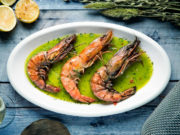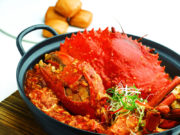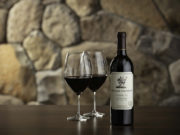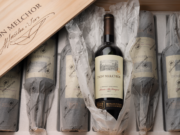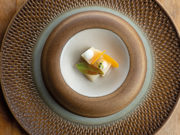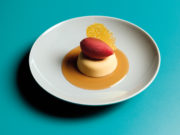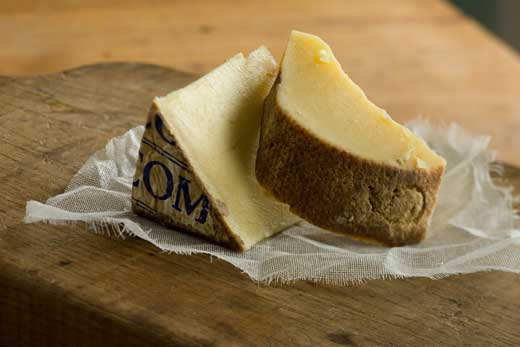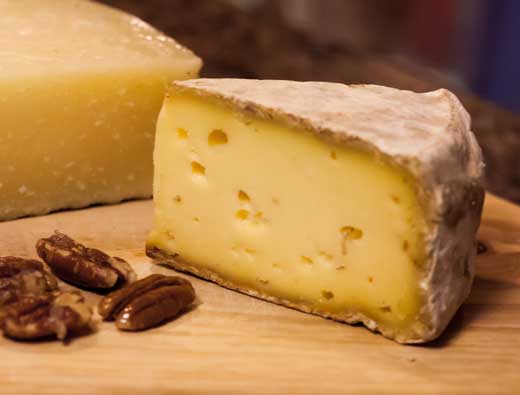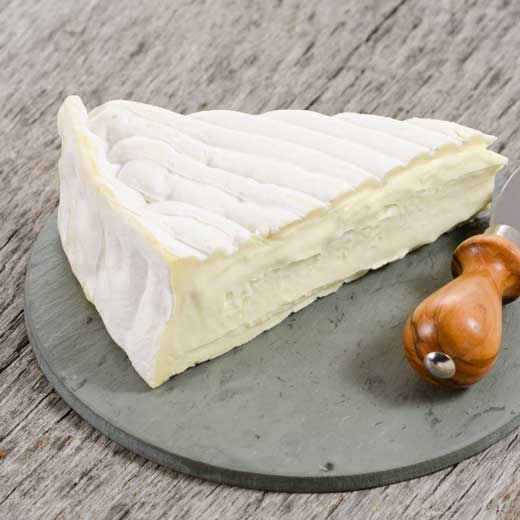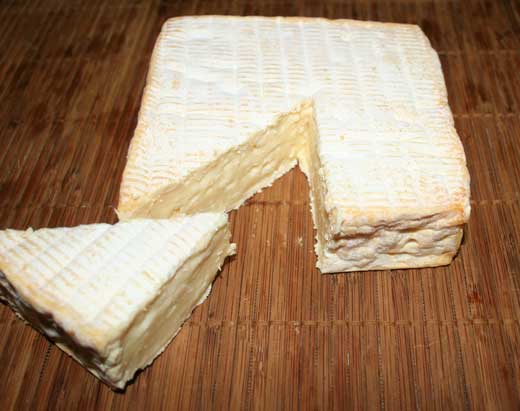French Cheeses
If French cheese to you just means brie, camembert, or ‘that white one with mould on it’, then you don’t know the world of cheesy goodness you’re missing out on!
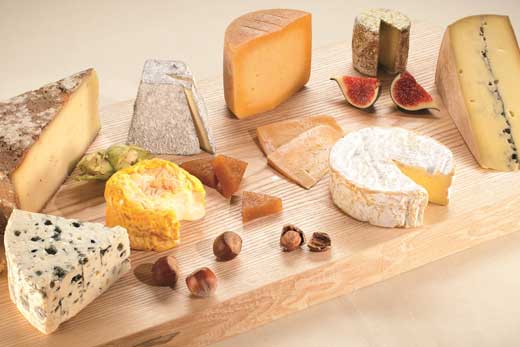 General Charles de Gaulle once raised a very important question shortly after he was elected the 18th president of France: “How can you govern a country which has 246 varieties of cheese?” And that was just in the 1960s. Yes, the French enjoy their cheeses, and more importantly, they are deeply connected to and proud of their cheese. Truth is, every region of France has its own particular cheeses, each with its own distinct taste, production process, aging techniques, secret formulas and a plethora of other factors, from raw ingredients to finished product. Out of respect for the good General, we won’t attempt to present a comprehensive list of every cheese in France, because frankly that would be near impossible. Instead, we offer you our take on ten of the most popular and most delicious French cheeses, along with a few common ways of telling the products apart so that you’ll have the cheesy edge next time you run into a fellow cheese enthusiast. Classification There are three main categories of French cheese: family, type of milk and origin. The three families of cheese: • Pressed cheese (e.g. most British cheeses) • Soft cheese (e.g. Camembert) • Blue cheese Three different types of milk (traditionally): • Cow’s milk • Goat’s milk • Ewe’s milk (sheep’s) These are further broken down into cheeses of farmhouse origin or industrially manufactured cheeses. The following list highlights a good selection of some of the most well-liked French cheeses—along with why you should like them too—looking at the types of milk they are made from, region of origin and aging period. The map early in this section is our friend. Please refer to it for further insight into the different regions of France.
General Charles de Gaulle once raised a very important question shortly after he was elected the 18th president of France: “How can you govern a country which has 246 varieties of cheese?” And that was just in the 1960s. Yes, the French enjoy their cheeses, and more importantly, they are deeply connected to and proud of their cheese. Truth is, every region of France has its own particular cheeses, each with its own distinct taste, production process, aging techniques, secret formulas and a plethora of other factors, from raw ingredients to finished product. Out of respect for the good General, we won’t attempt to present a comprehensive list of every cheese in France, because frankly that would be near impossible. Instead, we offer you our take on ten of the most popular and most delicious French cheeses, along with a few common ways of telling the products apart so that you’ll have the cheesy edge next time you run into a fellow cheese enthusiast. Classification There are three main categories of French cheese: family, type of milk and origin. The three families of cheese: • Pressed cheese (e.g. most British cheeses) • Soft cheese (e.g. Camembert) • Blue cheese Three different types of milk (traditionally): • Cow’s milk • Goat’s milk • Ewe’s milk (sheep’s) These are further broken down into cheeses of farmhouse origin or industrially manufactured cheeses. The following list highlights a good selection of some of the most well-liked French cheeses—along with why you should like them too—looking at the types of milk they are made from, region of origin and aging period. The map early in this section is our friend. Please refer to it for further insight into the different regions of France.
Langres
Region of Origin: Champagne
Type of milk: Cow
Aged: Around six weeks
The texture of Langres is dense, oozy and creamy with a certain odour to it, but not the kind that makes you cringe. Serves well with a crusty baguette or any good bread and pairs marvellously with a red wine and some prunes. Langres is one of the reasons the French are known as excellent cheese-makers.
Comte
Region of Origin: French-Comté
Type of milk: Cow
Aged: 12 – 18 months
Made from unpasteurized milk from Montbéliarde cows high up in the Jura Mountains, Comte is one of the world’s best cheeses. It is unmistakably big and smooth with hints of hazelnuts, toffee and ripe, succulent fruit. Perfect for melting into a classic fondue or grilled, and pairs excellently with a fruity red wine.
Tomme de Savoie
Region of Origin: Savoie Valley
Type of milk: Cow
Aged: Around two months
Made from skimmed milk after the cream has been used for butter or richer-tasting cheese, Tomme de Savoie tastes totally rustic and earthy, with a musky and semi-soft texture. Serve with an Alsatian Riesling or a Belgian Double, pair with walnuts, melt on a baked potato, or toss in a salad with rugula.
Fromage de Meaux
Region of Origin: Brie
Type of milk: Cow
Aged: Around six weeks
Fromage de Meaux is beefy, buttery, with notes of mushrooms, garlic, almonds and a pretty golden paste. Pairs well with champagne, or a big red Burgundy.
Le Châtelain Camembert
Region of Origin: The Loire Valley
Type of milk: Cow
Aged: Around 30 days
Thanks to gentle pasteurization, the main characteristics are less truffly, fried egg-y, with mushroomy, earthy and creamy notes. Works well as a canapé with a date jam or onion confit, pairs well with Chenin Blanc or Normany cider.
Roquefort
Region of Origin: Roquefort and Aveyron
Type of milk: Sheep
Aged: two to four months
The most famous French blue cheese, legend has it that Roquefort has been around for at least a thousand years. The milk of a single breed of sheep, called Lacaune, produces this cheese. Best mixed in salad with walnuts and beets, or melted on a juicy steak.
Chèvre
Region of Origin: The Loire Valley and Poitou
Type of milk: Goat
Aged: n/a
“Chèvre” is simply French for goat, and a generic term for many goat’s milk cheeses. Some of the classic Chèvre—such as the Bucheron, Chabichou du Poitou, or Crottin de Chavignol—start out mild and creamy and become drier, firmer and more acidic with age. Commonly utilized in salads, omelettes and a number of pasta-based dishes.
Pont l’Evêque
Region of Origin: Normandy
Type of milk: Cow
Aged: Around six weeks
With its distinctive micro square pattern, this cheese is easily recognizable. Watch the ivory paste ooze mouth-wateringly when cut. The smell can be strong, but the flavour is delicate and mild, as well as sweet, creamy and very addictive. Pairs well with Champagne or Pinot Noir.
Ossau-Iraty
Region of Origin: Northern Basque Pyrenees
Type of milk: Sheep
Aged: Around 90 days
Pressed, uncooked and raw, this sheep’s cheese contains layers of lush flavour that is mild yet bewilderingly complex with a firm and smooth texture, as well as lightly sweet and nutty aroma. Perfect for melting or grating over soup or pasta and pairs well with Sauvignon Blanc or Madira.
Bleu des Causses
Region of Origin: Gorges du Tarn
Type of milk: Cow
Aged: three to six months
A generally delicious and strong tasting cheese without being overpoweringly sharp, the texture is sometimes quite crumbly. It is considered a Roquefort variant due to its similar taste and appearance. It pairs excellently with sweet white wine and dessert wines, such as the Sauternes or Sauvignon Blanc.
Once again, these examples only represent a fraction of the fine French cheeses available out there. Some honourable mentions include the Alsatian munster, Epoisses, Abondance, Bleu d’Auvergne, and other fantastic, history-rich cheeses. One thing to remember is that appreciation of the flavour dynamics of any of these great cheeses is more than well-earned in celebrating the finer things of life.







